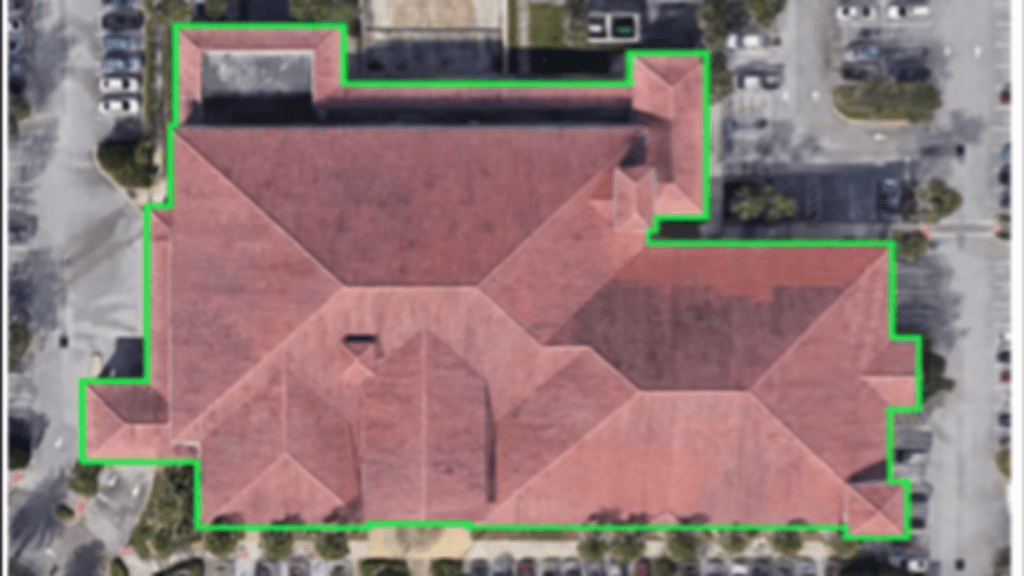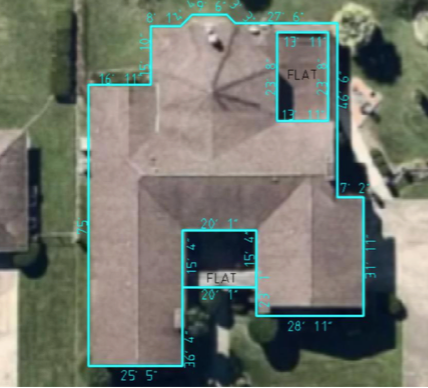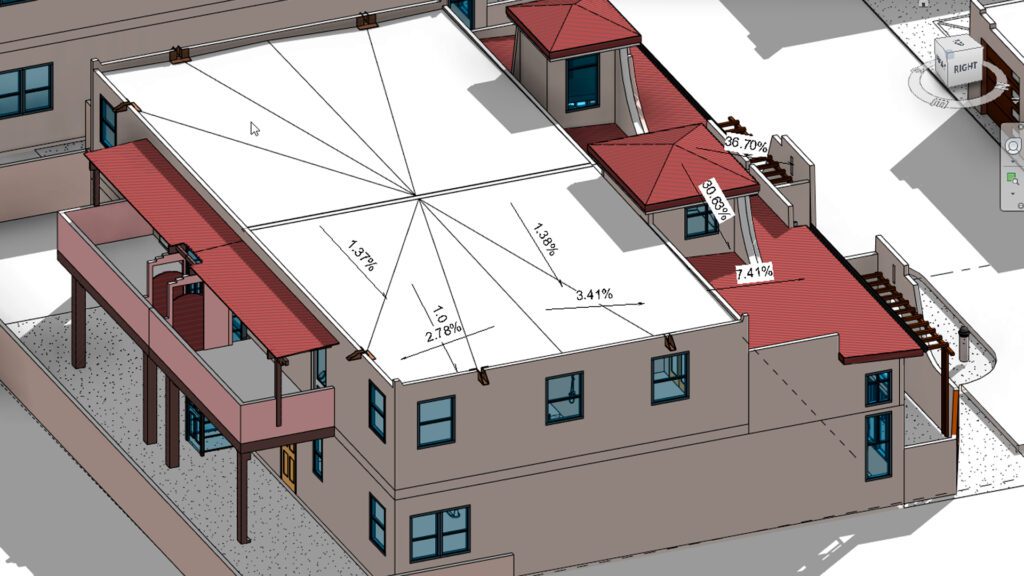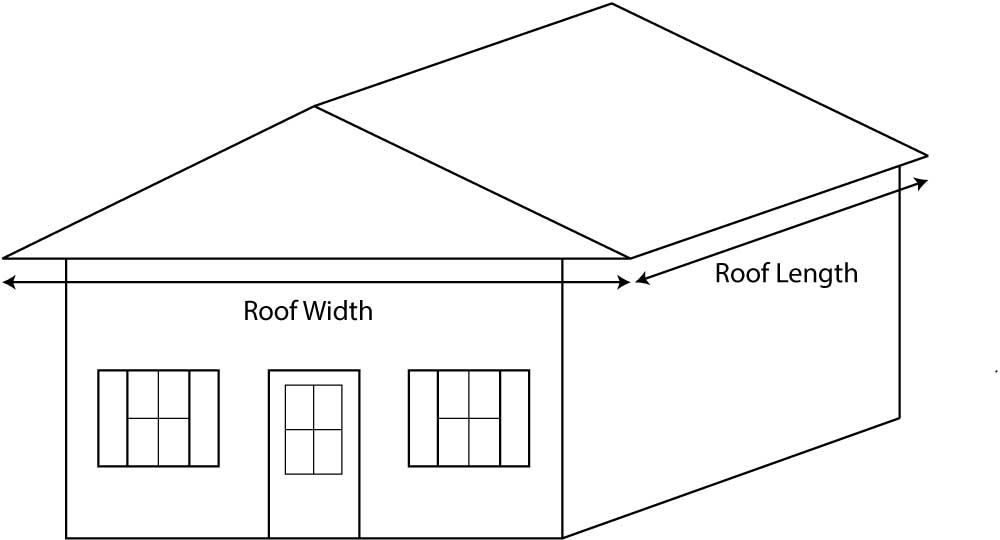When it comes to roofing your 2000 square foot home, you might be wondering just how many squares of roofing material you’ll need. Well, the answer might surprise you! In this article, we’ll explore the factors that determine the quantity of squares required for your roofing project and provide you with a clear estimation to ensure you have everything you need to complete the job successfully. So, let’s dive in and discover the answer to the question, “how many squares does it take to roof a 2000 square foot home?”
Understanding Roofing Squares
Definition of a roofing square
A roofing square is a unit of measurement used in the roofing industry to determine the size of a roof. One roofing square is equal to 100 square feet, regardless of the shape or pitch of the roof. It provides a standardized measurement that helps simplify calculations and estimates when it comes to roofing projects.
Calculating the size of a roofing square
To calculate the size of a roofing square, you need to measure the length and width of the roof and multiply them together. For example, if the length of your roof is 50 feet and the width is 40 feet, the total square footage would be 2,000 square feet. To convert this into squares, you divide the total square footage by 100. In this case, the roof would be comprised of 20 squares.
Determining Roof Area
Understanding roof pitch
Roof pitch refers to the steepness or slope of a roof. It is represented by a ratio, which indicates the vertical rise of the roof for every horizontal foot. Understanding the roof pitch is important because it affects the amount of roofing material needed. Steeper roofs require more material compared to roofs with a shallower pitch.
Calculating roof area
To calculate the roof area, you need to measure the length and width of each individual roof plane. For example, if your roof consists of two rectangular sections with dimensions of 30 feet by 40 feet and 20 feet by 30 feet, you would calculate the area of each section (30 feet x 40 feet = 1,200 square feet and 20 feet x 30 feet = 600 square feet) and then add them together (1,200 square feet + 600 square feet = 1,800 square feet). To convert this into squares, you would divide the total square footage by 100, resulting in 18 squares.
Accounting for waste factor
When calculating the number of squares needed for a roofing project, it’s important to account for waste. Waste factor refers to the additional material required to cover for things like cutting errors, overlaps, and irregular shapes. The waste factor is typically expressed as a percentage and can vary depending on the materials used and the complexity of the roof. It’s recommended to add a waste factor of around 10% – 15% to the total number of squares calculated to ensure sufficient material is available.

Factors Affecting the Number of Squares
Roofing material type
The type of roofing material used can greatly affect the number of squares required. Some materials, like asphalt shingles, are typically sold in bundles and cover a specific square footage. Other materials, like metal roofing or clay tiles, may have different sizes and coverage rates. It’s important to consult the manufacturer’s specifications or seek advice from a professional roofer to determine the appropriate number of squares needed for the chosen material.
Roof shape and complexity
The shape and complexity of the roof can also impact the number of squares required. Roofs with multiple angles, slopes, and intricate designs may require more material compared to simple, rectangular roofs. Complicated roof shapes often result in more waste due to the need for precise cuts and additional shaping of the roofing material. When calculating the squares needed, it’s important to consider the unique aspects of the roof to ensure accurate measurements.
Additional roof features
Roofs with additional features, such as chimneys, skylights, or dormers, also require additional squares. These features can complicate the calculation process and may require custom-shaped pieces of roofing material. It’s important to measure and account for these features separately when calculating the squares needed for the project.
Calculating Squares for Different Materials
Asphalt shingles
To calculate the number of squares needed for asphalt shingles, you need to determine the coverage area of each bundle and divide the total square footage by the coverage area. For example, if one bundle of asphalt shingles covers 33.3 square feet, and your roof measures 1,800 square feet, you would divide 1,800 square feet by 33.3 square feet to get approximately 54 bundles or 5.4 squares.
Metal roofing
Metal roofing typically comes in larger sheets or panels. To calculate the number of squares needed, you would again divide the total square footage by the coverage area of the metal roofing panels. For example, if a metal roofing panel covers 25 square feet and your roof measures 1,800 square feet, you would divide 1,800 square feet by 25 square feet to get 72 panels or 7.2 squares.
Clay or concrete tiles
Clay or concrete tiles are often sold in individual pieces, with varying sizes and coverage rates. To calculate the number of squares needed, you would need to consult the manufacturer’s specifications or seek advice from a professional roofer. They can help determine the appropriate number of tiles to cover the desired square footage.

Accounting for Overhangs and Dormers
Measuring overhangs
Overhangs, which are the extensions of the roof beyond the exterior walls, need to be measured separately from the main roof area. These measurements are important when calculating the squares needed. To measure the overhangs, you would measure the length and width of each overhang section and calculate the square footage. This square footage would then be divided by 100 to convert it into squares. These squares are added to the total number of squares calculated for the main roof area.
Calculating squares for dormers
Dormers, which are vertical projections on the slope of a roof, also need to be measured separately. The square footage of each dormer can be calculated by measuring the length and width of the dormer and multiplying them together. These square footage values are then divided by 100 to convert them into squares. The squares for each dormer are added to the total number of squares calculated for the main roof area.
Adding Extra Squares for Waste
Determining waste percentage
When determining the waste percentage for a roofing project, it’s important to consider factors such as the complexity of the roof, the materials used, and the skill level of the installer. A typical waste percentage range is around 10% – 15%, but this can vary depending on the specific circumstances. Factors like roof shape, angles, and multiple roof planes may require a higher waste percentage.
Calculating additional squares
To calculate the additional squares needed for waste, you would multiply the total number of squares by the waste percentage and add the result to the original number of squares. For example, if the original calculation resulted in 20 squares and you had a waste percentage of 10%, you would multiply 20 squares by 0.10 to get 2 squares. Adding this to the original 20 squares, you would need a total of 22 squares to account for waste.
Consulting with a Professional Roofer
Seeking expert advice
When it comes to determining the number of squares needed for a roofing project, it’s always beneficial to consult with a professional roofer. They have the knowledge and experience to accurately assess the complexity of the roof, calculate the required squares, and account for any specific factors that may affect the estimation. A professional roofer can provide valuable guidance and ensure that the project is properly planned and executed.
Obtaining accurate estimates
A professional roofer can also assist in obtaining accurate estimates for the cost of the roofing project. They can provide detailed information on the materials required, labor costs, and any additional expenses that may arise. By working with a professional, you can ensure that your budgeting is realistic and that you have a clear understanding of the overall costs associated with the roofing installation.
Budgeting for Roofing Installation
Cost per square
The cost per square for roofing installation can vary depending on factors such as the roofing material used, regional labor costs, and the complexity of the project. The cost per square typically includes both the material and labor expenses. It’s important to obtain multiple quotes from reputable roofing contractors to ensure that you are getting a fair price and to compare different options.
Total cost estimation
To estimate the total cost of the roofing installation, you need to multiply the number of squares by the cost per square. For example, if you have calculated the number of squares needed as 22 and the cost per square is $300, the total cost estimation would be $6,600. It’s important to keep in mind that this is an estimation, and the final cost may vary based on additional factors such as the need for repairs, removal of existing roofing material, or any unforeseen issues that may arise during the installation process.

Tips for Roofing Installation
Ensuring proper ventilation
Proper ventilation is essential for maintaining a healthy and efficient roofing system. It helps regulate temperature, reduce moisture buildup, and prolong the lifespan of the roof. During the installation process, it’s important to ensure that proper ventilation measures are taken into account. This may include adding vents, ridge vents, or other ventilation systems to promote air circulation within the attic space.
Choosing high-quality materials
Selecting high-quality materials is crucial for a durable and long-lasting roof. Investing in superior materials can help reduce the need for frequent repairs and replacements, ultimately saving you money in the long run. It’s important to choose materials that are suitable for your specific climate, budget, and aesthetic preferences. Consulting with a professional roofer can provide valuable insights and recommendations for selecting the best materials for your roofing project.
Hiring an experienced contractor
Roofing installation is a complex process that requires specialized skills and knowledge. Hiring an experienced and reputable contractor is essential to ensure a successful and professional installation. A qualified contractor will have the expertise to handle all aspects of the project, from accurate measurements and material selection to proper installation techniques. They can also provide warranties and guarantees for their work, giving you peace of mind knowing that your roof is in capable hands.
Conclusion
In summary, understanding roofing squares and how to calculate them is crucial for accurate measurements and estimation in roofing projects. Factors such as roof pitch, roofing material type, roof shape, and additional features all play a role in determining the number of squares needed. Accounting for waste and seeking professional advice ensures that the estimation is as accurate as possible. Proper budgeting, selecting high-quality materials, and hiring an experienced contractor are all important considerations for a successful roofing installation. By following these guidelines and taking the necessary precautions, you can ensure a durable, efficient, and aesthetically pleasing roof for your home.
